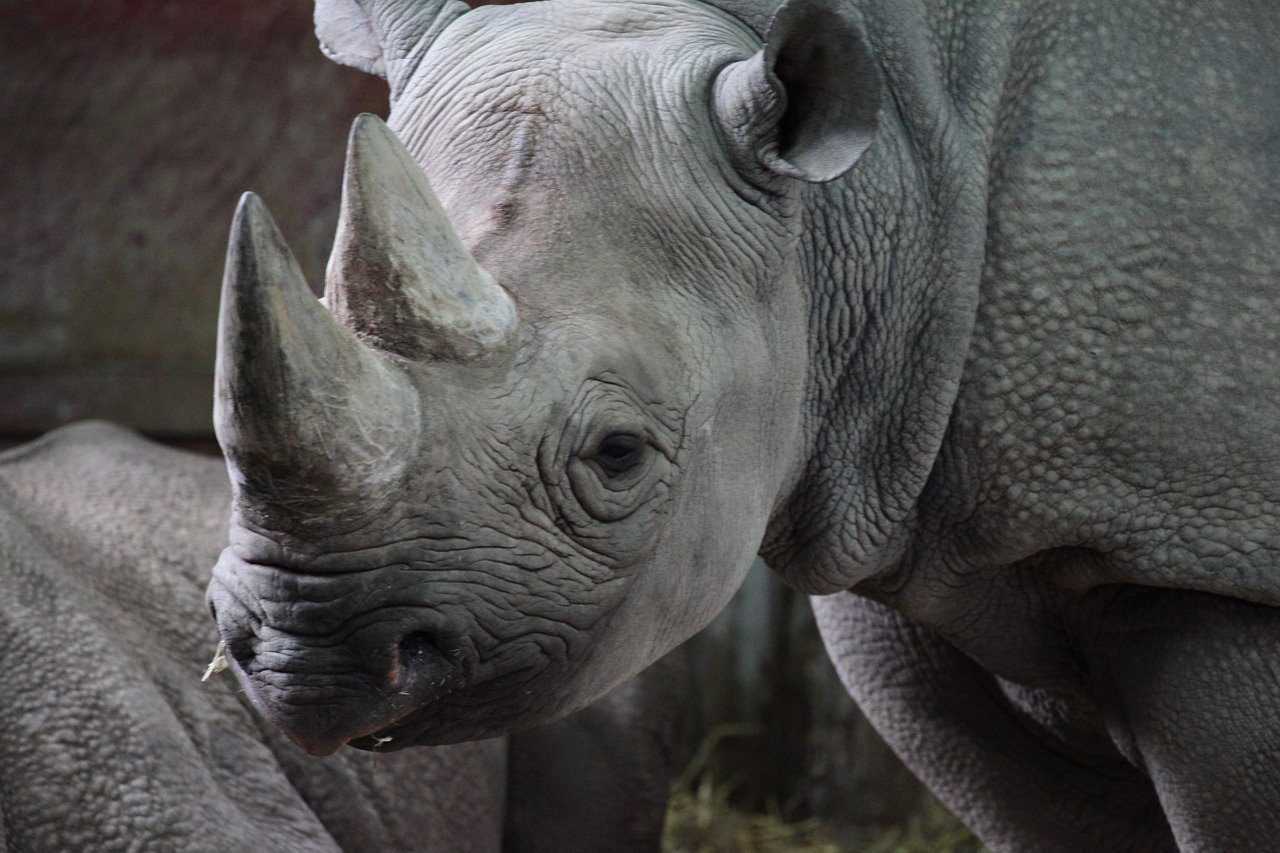
Wildlife poaching and food security
Wildlife poaching is feared to surge across Africa, Asia, and Latin America. Rhinos are being increasingly poached in Africa. In Cambodia, three giant ibises were reportedly poisoned. Deer and tigers are increasingly being poached in India. In Colombia, an increased number of jaguars, pumas, and ocelots have reportedly fallen victim. Endangered rock iguanas are being poached as are flamingo hatchlings in the Bahamas.
The common denominator includes the loss of tourism in previously protected areas. Imposed travel restrictions have halted tourism worldwide. Many protected wildlife areas across the globe are closed as part of social distancing measures to limit COVID-19 spread. The coronavirus pandemic has illustrated the importance of tourism in conservation, and the consequences of conservation’s dependence on tourism.
The African tourism industry has a nearly $39 billion annual worth and employs almost four million people. The revenue generated from wildlife safari tourism is essential for funding transcontinental conservation programs, especially with privately owned anti-poaching ranger patrols. For example, nearly 85% of 2018 funding for South Africa’s wildlife and lands management authority came from the tourism industry.
Those not reliant on tourism, such as national parks, can remain operational with funding by governmental or private entities. National parks, like those in Rwanda and South Africa, have maintained patroling services, and some even with an increased law enforcement presence due to lockdowns. Despite this, the absence of tourists (and their guides), along with reduced presence of wildlife rangers, are luring poachers particularly in remote areas. Tourists, or “capable guardians,” usually help monitor millions of acres of wilderness, a job too big for rangers alone.
While illegal animal poaching isn’t atypical in Africa (more than 9,000 rhinos were poached in the last decade), poached animals are being found in previously considered safe areas.
Drivers for poaching
Paying salaries and maintaining operational costs are near impossible without tourism cashflow in many reserves. They are desperate for income as expenses mount despite layoffs, pay cuts, and operation with a skeleton crew. A number of anti-poaching patrols have been and will be inevitably reduced.
The driving force in wildlife poaching arises from the need for sustenance or for illicit wildlife trade. It is cheaper to kill animals for meat than to buy it. Conservationists fear, out of necessity, a poaching surge from those now unemployed from the tourism industry living locally at the breadline. Map Ives, the founder of Rhino Conservation Botswana said, “There are going to be a lot of people that are not earning a living and they will turn on the natural world and you cannot blame them. These are hungry people.”
Organized poaching for trophy animals, such as elephants, rhinos, and lions, are also feared to increase as poachers take advantage of the tourism lull. Dickson Kaelo, chief executive officer at Kenya Wildlife Conservancies Association, speculates that while elephant poaching may not increase, “due to the suppression of international travel and negative sentiments against animal products in south-east Asia," bushmeat demand at the local level will increase without continued monitoring.
Conservation Funding
Conservation programs and community outreach programs have also been shelved. Rhino population establishment programs have been postponed, which is concerning as the Black Rhino population is critically endangered.
Rhinos are poached for their horns, primarily used for status symbols and within Traditional Chinese Medicine. Some fear rhino horns will be exploited by dealers selling COVID-19 cures, leading to increased harvesting. (China’s currently implemented ban on wildlife consumption does not extend to those for medicinal purposes). Since the national lockdown in South Africa, Rhino 911, a non profit rhino helicopter service, has responded to poaching incidents almost daily.
Funding has begun to assist parks, conservancies, and private reserves to pay rangers and guards to protect wildlife. However, this is only a very temporary solution attempt and will do very little to address the looming food security issue for those newly unemployed. Sustainable, long term solutions may need to uncouple the unreliable responsibility tourism holds with conservation, and revenue sources will need to be diversified. Otherwise, we keep spinning the risky human-wildlife interface wheel, digging deep holes in global health conservation.
BBC
Save the Rhino
Wildlife Justice Commission
National Geographic
